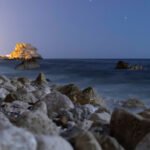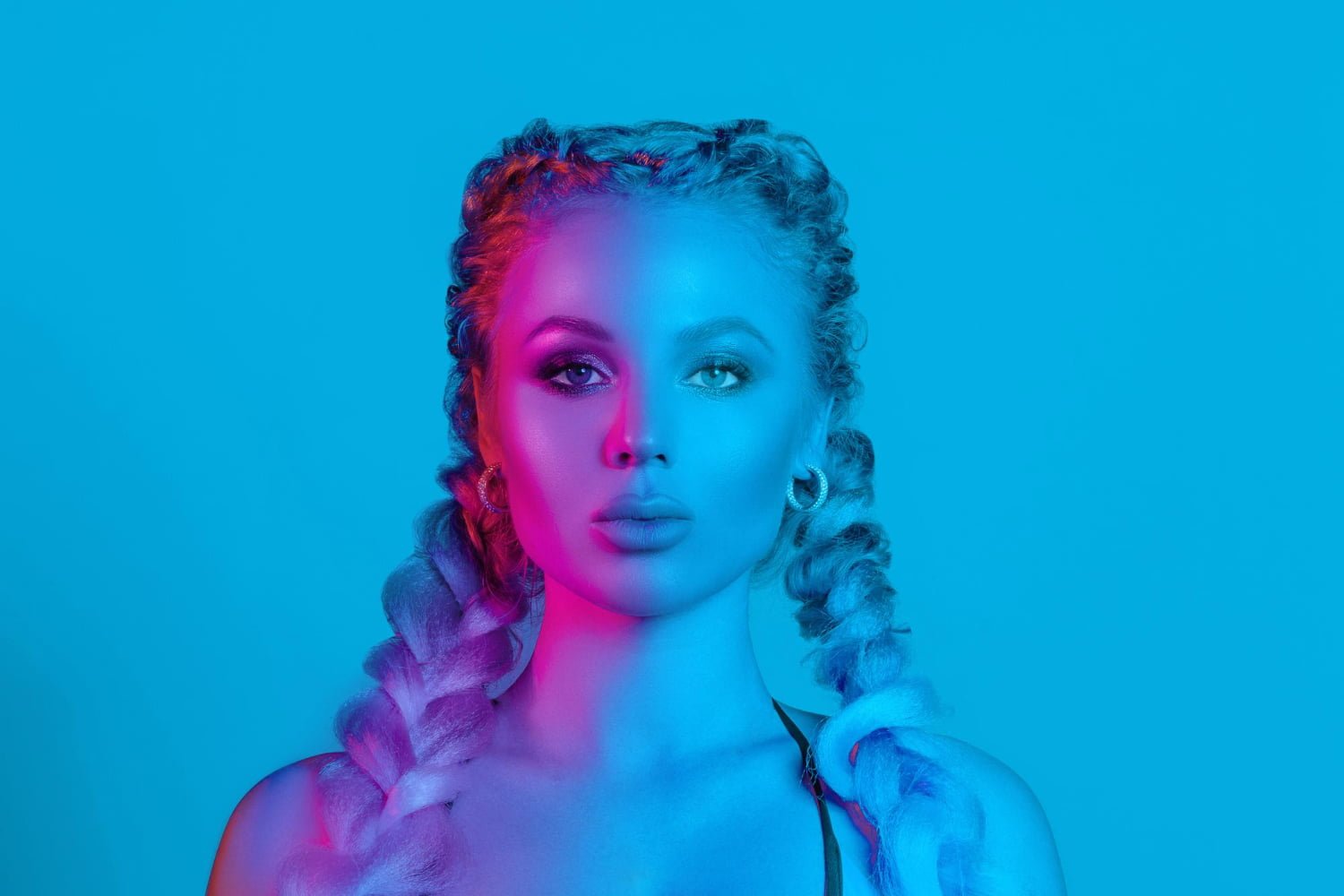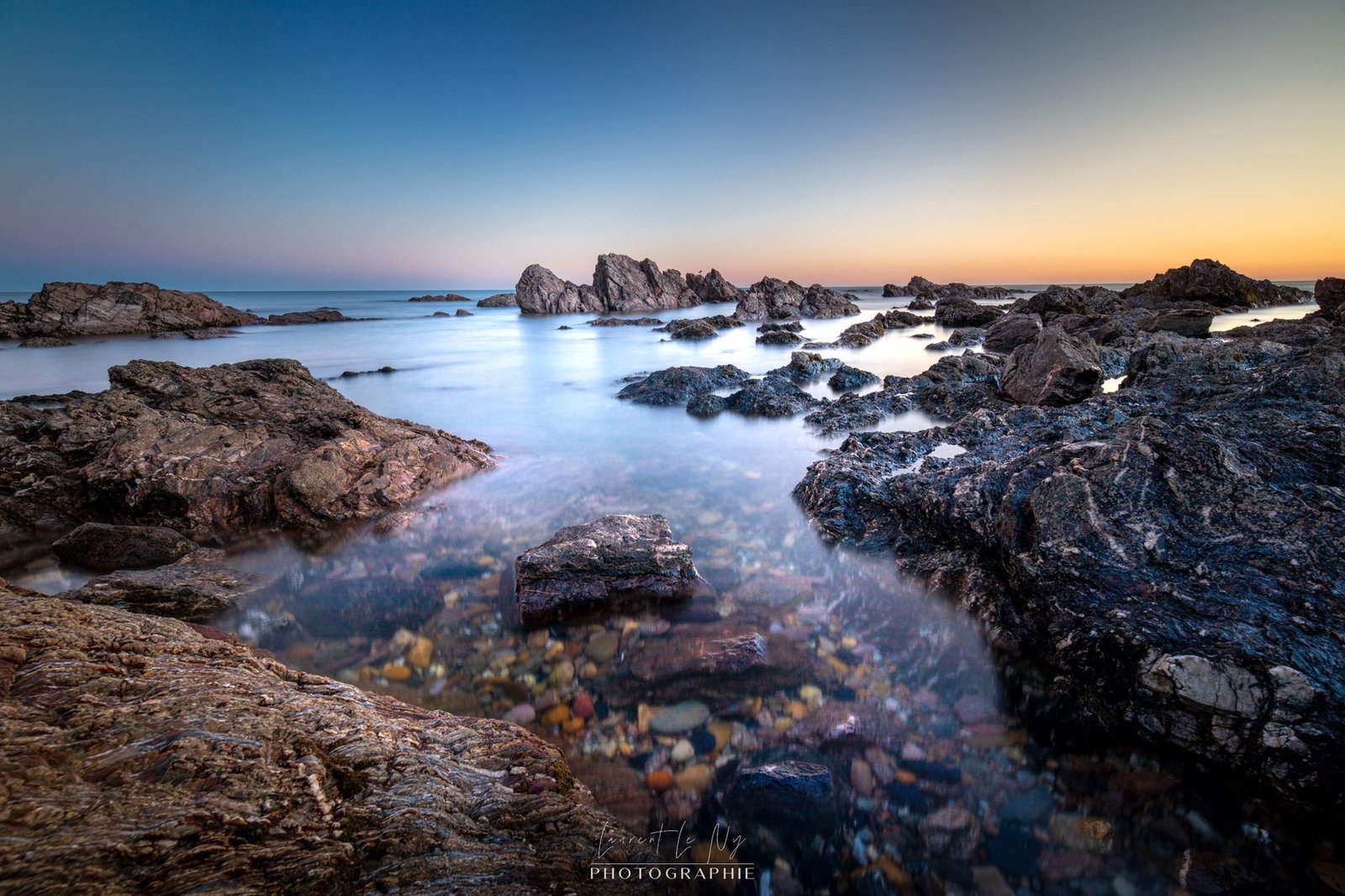Light painting or camera painting is a creative photography technique that allows you to capture unique images by playing with light. This technique consists of using a light source, such as a flashlight, to draw in the dark while the camera captures the image. In this article, we will explore the different techniques used in light painting.
1. The tracing technique, most popular in light painting
This technique consists of using a light source to draw shapes or patterns in the air. To do this, you will need a camera capable of taking long poses, a tripod to keep the camera stable and a light source, such as a flashlight.
To begin with, find a dark place where you can move freely without being disturbed by other light sources. Place your camera on a tripod and set it to a long pose. Then turn on your flashlight and start drawing in the air by slowly moving the light in front of the camera lens.
You can experiment with different shapes and movements to create unique effects. For example, by quickly turning the flashlight, you can create light circles. By moving the light up and down, you can create vertical lines.

Plot technique
2. The light graffiti technique
Light graffiti is a light painting technique that consists of drawing words or shapes using a light source. For this technique, you will need a larger light source, such as a powerful flashlight or light sticks.
To begin with, find a dark place where you can move freely. Place your camera on a tripod and set it to a long pose. Then turn on your light source and start drawing in the air using fluid and fast movements.
You can create words, shapes or even portraits using this technique. Try different colors of light to add variety to your creations.
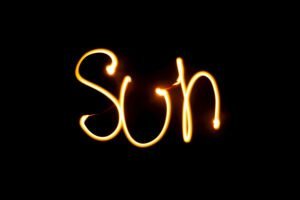
Graffiti technique
3. The technique of double exposure
The double exposure technique consists of superimposing two images to create a fusion effect. In light painting, this technique can be used to superimpose a light painting image with a background image.
To use this technique, you will need a camera that allows you to take double exposures. Start by taking a picture of your main subject without using light. Then, take a second photo using the light painting technique. Make sure to keep the camera stable and not to move the tripod between the two shots.
Once you have taken both photos, use image editing software to superimpose the two images. You can adjust the opacity of the light painting image to obtain the desired effect.
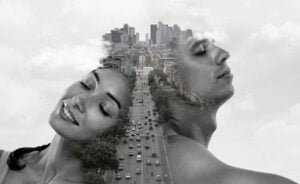
Double exposure technique
4. The strobe technique
The strobe technique consists of using a strobe flash to create movement effects in an image. This technique is particularly useful for capturing moving subjects, such as dancers or athletes.
To use this technique, you will need a strobe flash and a camera capable of synchronizing the flash with the shot. Place your camera on a tripod and set it to a long pose. Then, activate the strobe flash and take the photo when your subject is in motion.
You can experiment with different flash speeds to get unique movement effects. For example, by using a slower flash speed, you can create a drag effect that shows the movement of the subject.
In conclusion, light painting is a creative photography technique that offers many possibilities. Whether you use the technique of tracing, light graffiti, double exposure or strobe, the important thing is to let your creativity run wild and have fun with the light.
